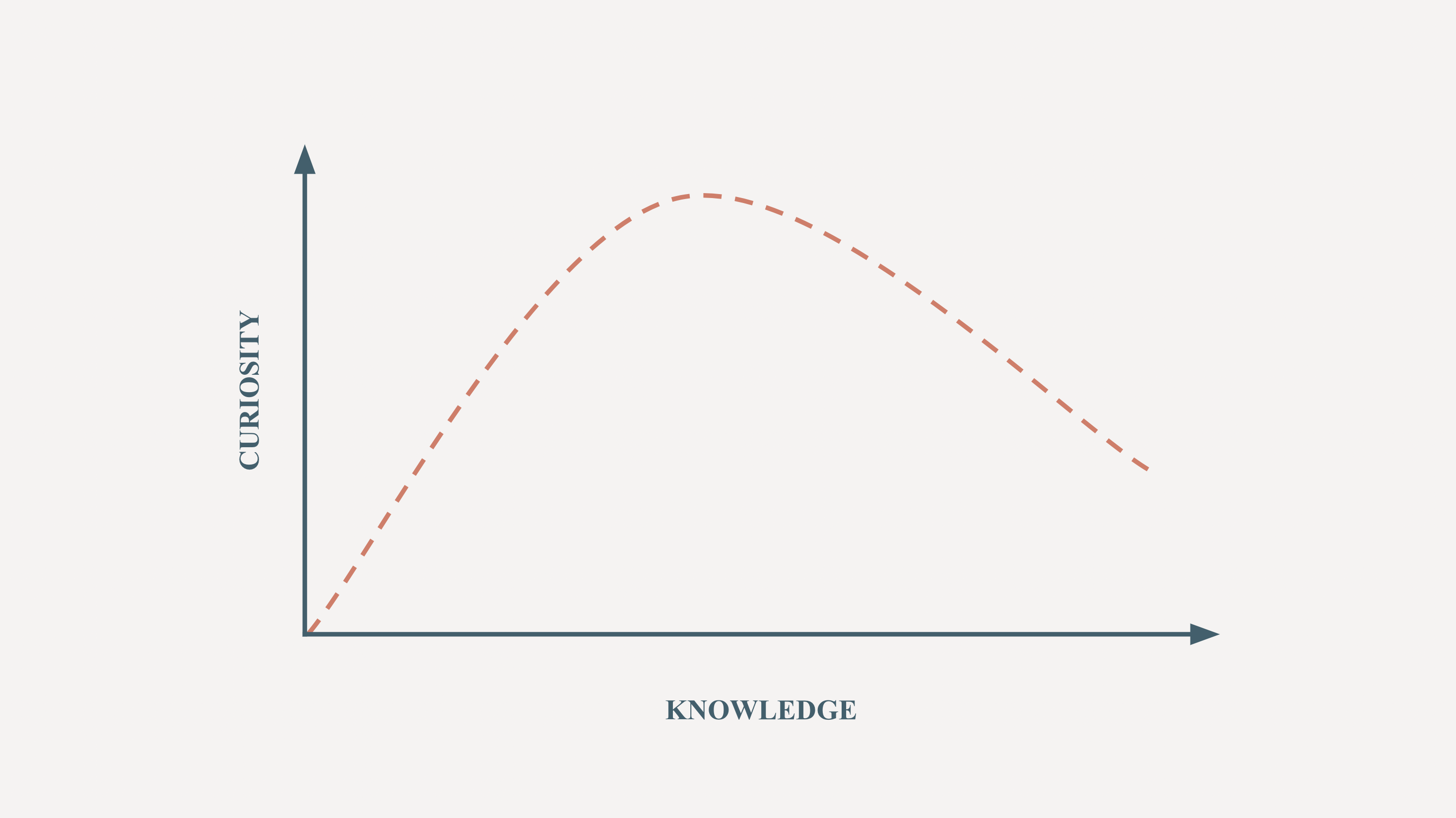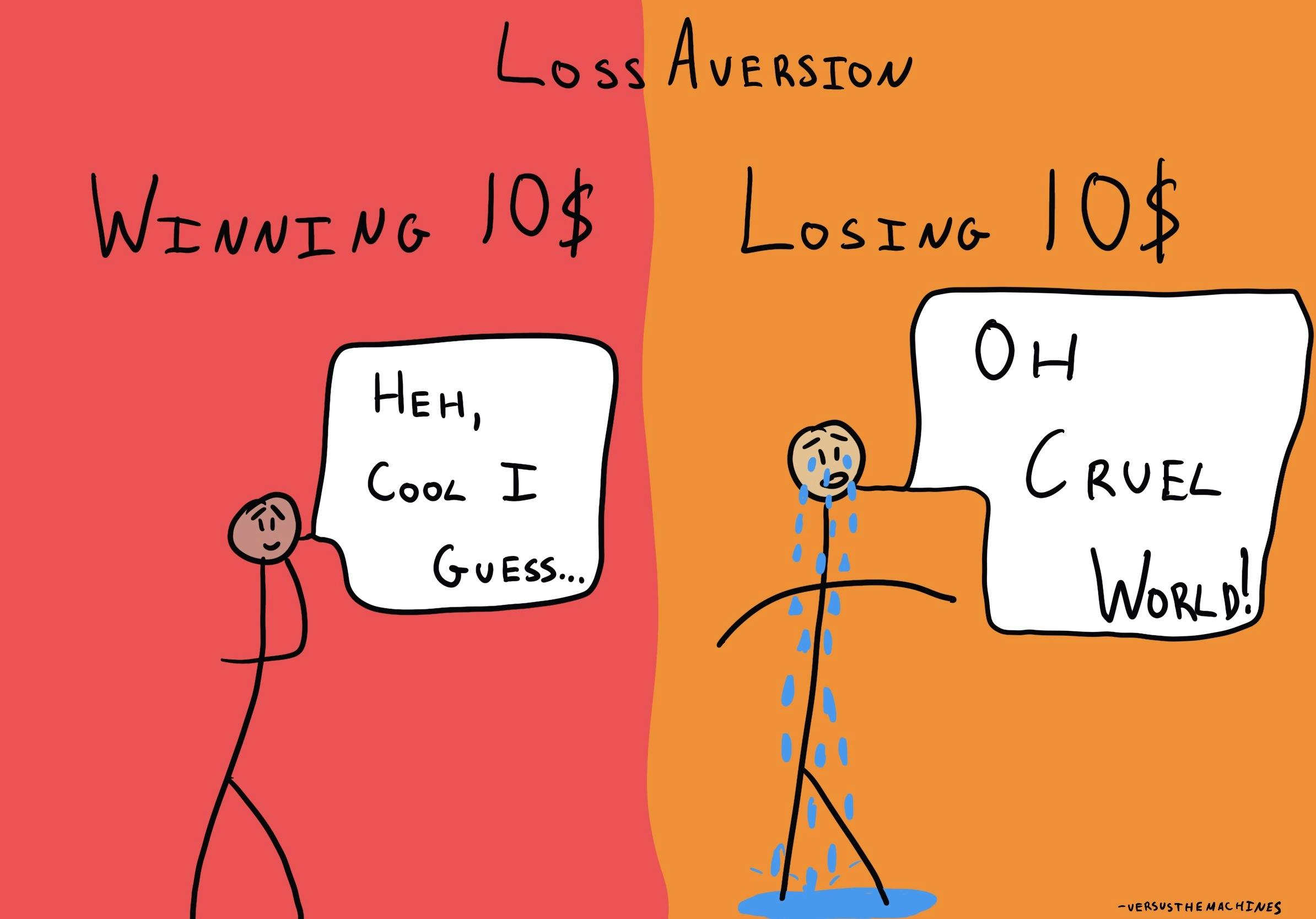- Arvind's Newsletter
- Posts
- Arvind's Newsletter
Arvind's Newsletter
Issue No #712
I plan to have one weekend newsletter on Saturday morning and no newsletter on Sunday from next weekend. This newsletter will be the last one on Sunday.
1.Buoyed by attractive government incentives towards local manufacturing, India surpassed a remarkable $10 billion worth smartphone exports in the fiscal year 2022-2023, according to the data provided by the India Cellular and Electronics Association (ICEA) to IANS.
Smartphone exports from India have doubled from a corresponding period from the last fiscal year, driven by production-linked incentive (PLI) schemes.The top five global destinations India currently exports mobile phones to are the UAE, the US, the Netherlands, the UK and Italy.
More than 97 per cent of the smartphones sold in India are now being produced locally. India is now the second largest mobile phone manufacturer in the world.
2.Manipal Healthcare will now be majority owned by Singapore Government owned investment company -Temasek’s healthcare arm-Sheares Healthcare.
Sheares Healthcare has agreed to buy a controlling stake in Manipal Health Enterprises, raising its ownership from 18% to close to 59% for about ₹16,400 crore, two people with knowledge of the development said. Manipal Education and Medical Group Pvt. Ltd (Ranjan Pai and family ) will retain approximately 31% of the company, and TPG will hold around 10%.
3.The science of curiosity: why we keep asking “why”. In this article Anne-Laure Le Cuff explores the benefits of curiosity, how curiosity is getting unlearned and how to cultivate curiosity.
Children have an incredibly inquisitive mind. “Why?” they keep asking. They explore new things for no other reason except that they just want to know. Researchers tried to figure out how often kids ask questions. Turns out, a lot: on average, children ask 107 questions per hour!
But it seems that as adults we tend to fall into fixed and convenient cognitive patterns. “Schools do not always, or even often, foster curiosity,” says Susan Engel, author and senior lecturer in psychology.
Her research shows that what she calls “episodes of curiosity” — such as asking direct questions, manipulating objects, or intent and directed gazing — occurred 2.36 times in a two hour stretch in kindergarten, and only 0.48 times in a fifth grade classroom.
So, what’s going on, and is it ever too late to rehabilitate your curiosity? Read on
4.Why do we buy insurance? Loss-aversion explained. This article explains our loss- aversion bias (first explained by Daniel Kahneman and Amos Tversky).Loss Aversion is a cognitive bias that describes why, for individuals, the pain of losing is psychologically twice as powerful as the pleasure of gaining. The loss felt from money, or any other valuable object, can feel worse than gaining that same thing.1 Loss aversion refers to an individual’s tendency to prefer avoiding losses to acquiring equivalent gains. Simply put, it’s better not to lose $20, than to find $20.
Read on
5.He was the 20th century’s most influential artist – but he was also a monstrous misogynist. On the 50th anniversary of Picasso’s death, we ask: is it time to mothball the master?
Look closely at “Woman with a Yellow Necklace”, a painting by Pablo Picasso of 1946. The woman is Françoise Gilot, his partner at the time. Notice, in particular, what appears to be a Marilyn-esque beauty spot on the figure’s left cheek. That mark is said to represent a cigarette burn, seared onto the sitter’s face during a row with the artist.
In his astonishing range and invention, Picasso—who died 50 years ago, on April 8th 1973—was among the 20th century’s greatest artists. He was also an abusive goat, with a nauseating fondness for much younger women (40 years younger in Ms Gilot’s case). “Once they were bled dry,” his granddaughter Marina wrote of his women, “he would dispose of them.” Two went on to kill themselves.
In “Monsters”, her new book, Claire Dederer identifies Picasso as an archetypal modern genius: an artist whose vices have been seen as excusable by-products of his vatic talent. Only men, she notes, are ever granted this licentious dispensation. Her book asks how she and readers today should feel about luminaries who “did or said something awful, and made something great”.
6.



